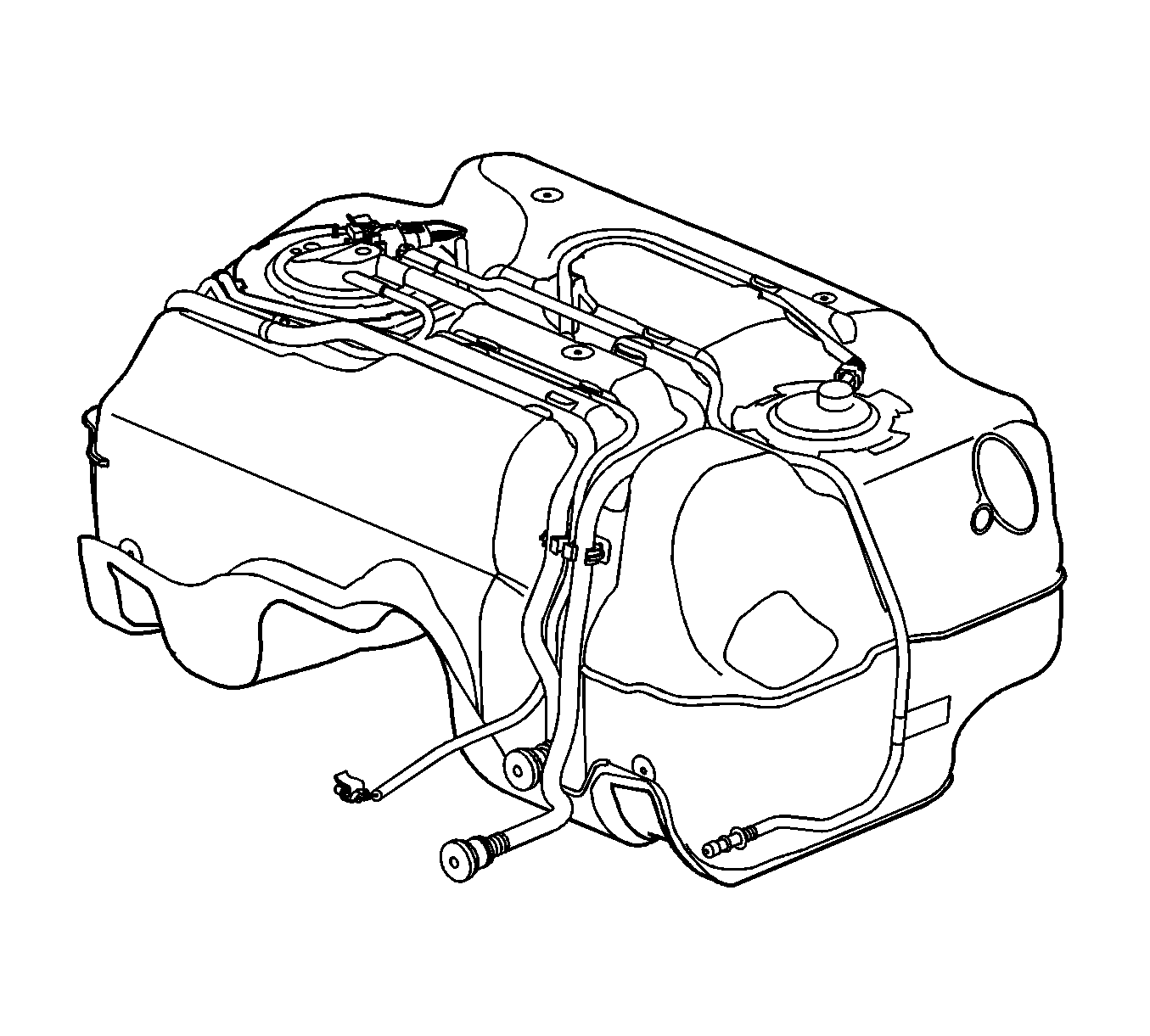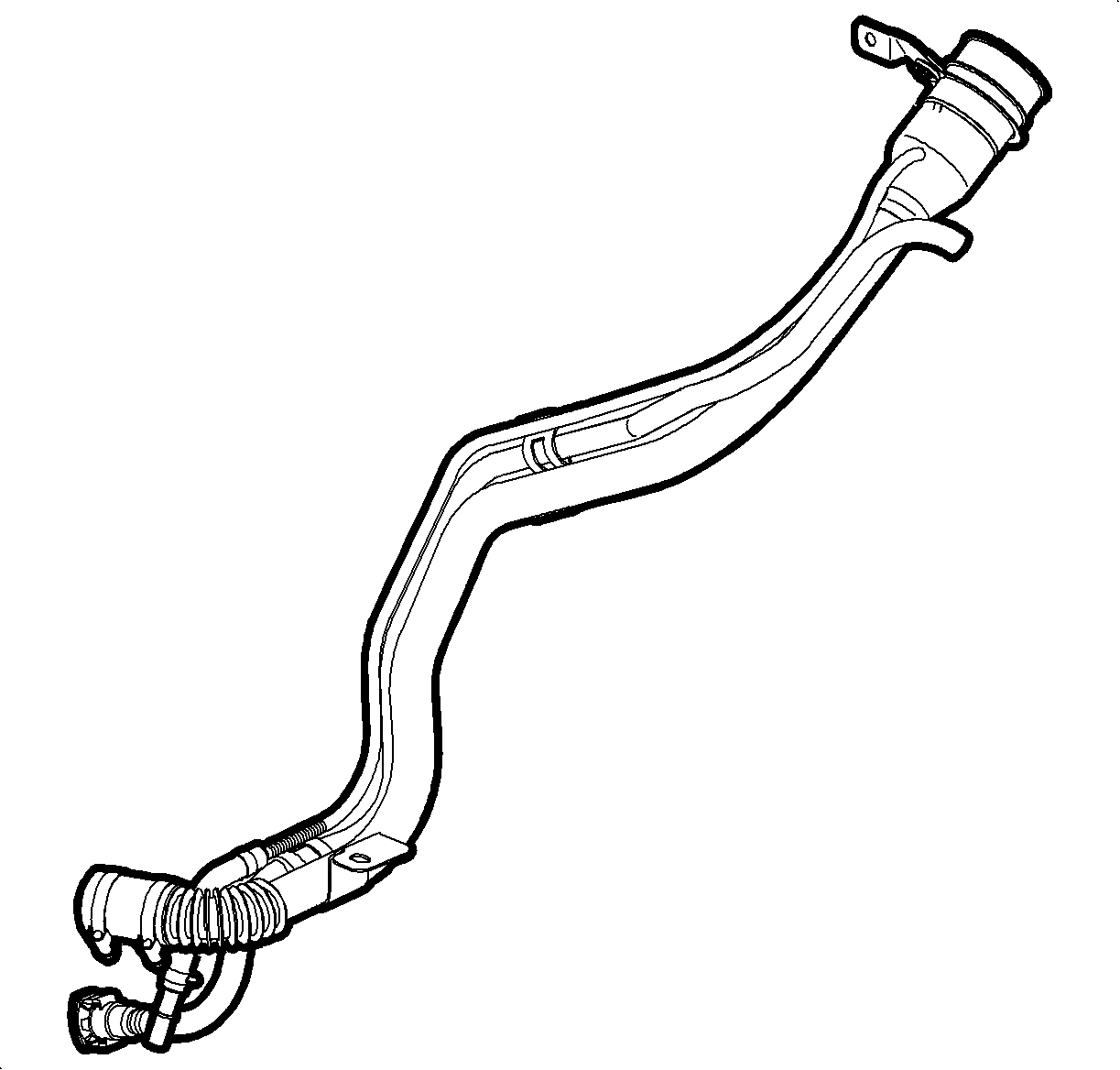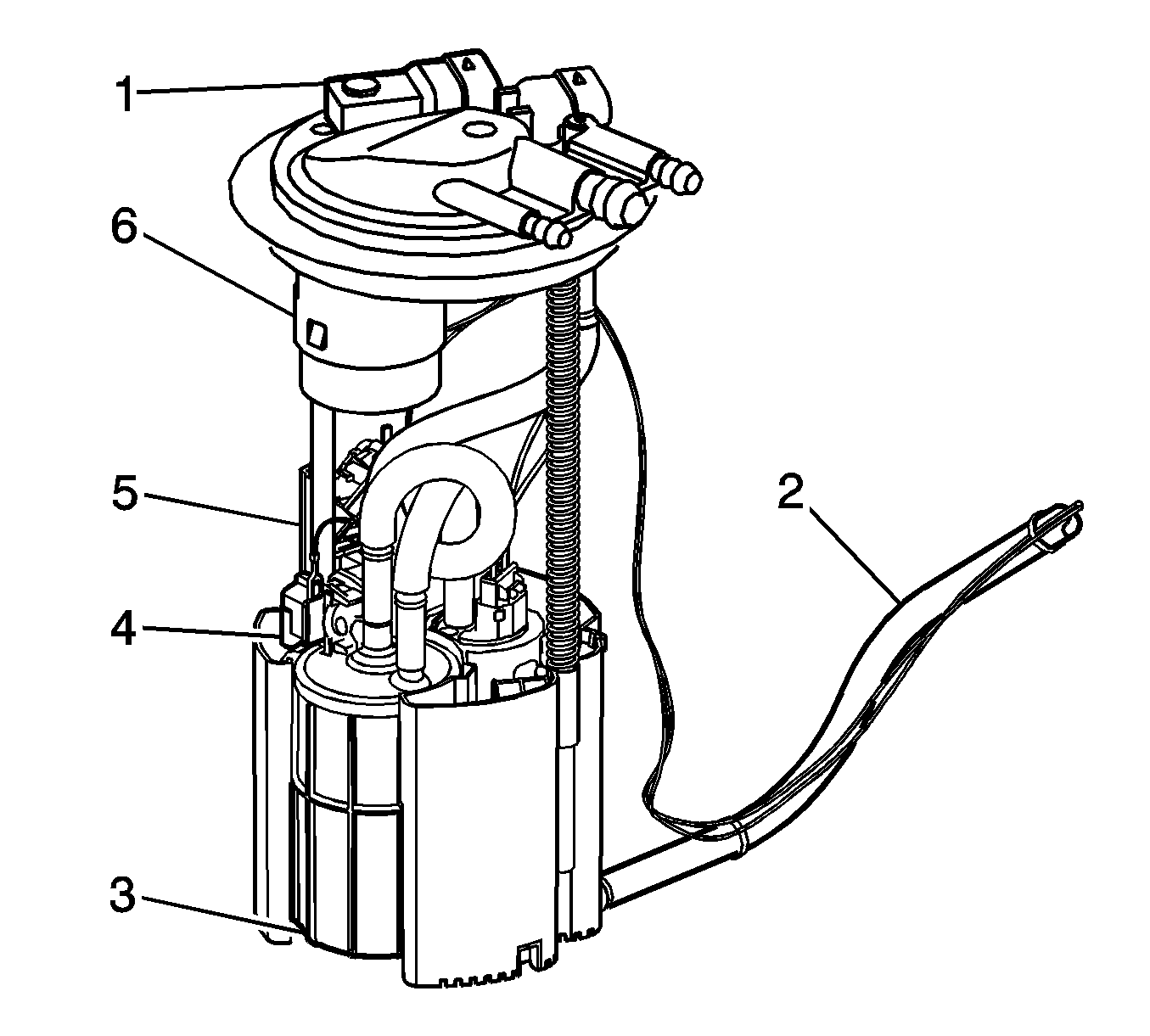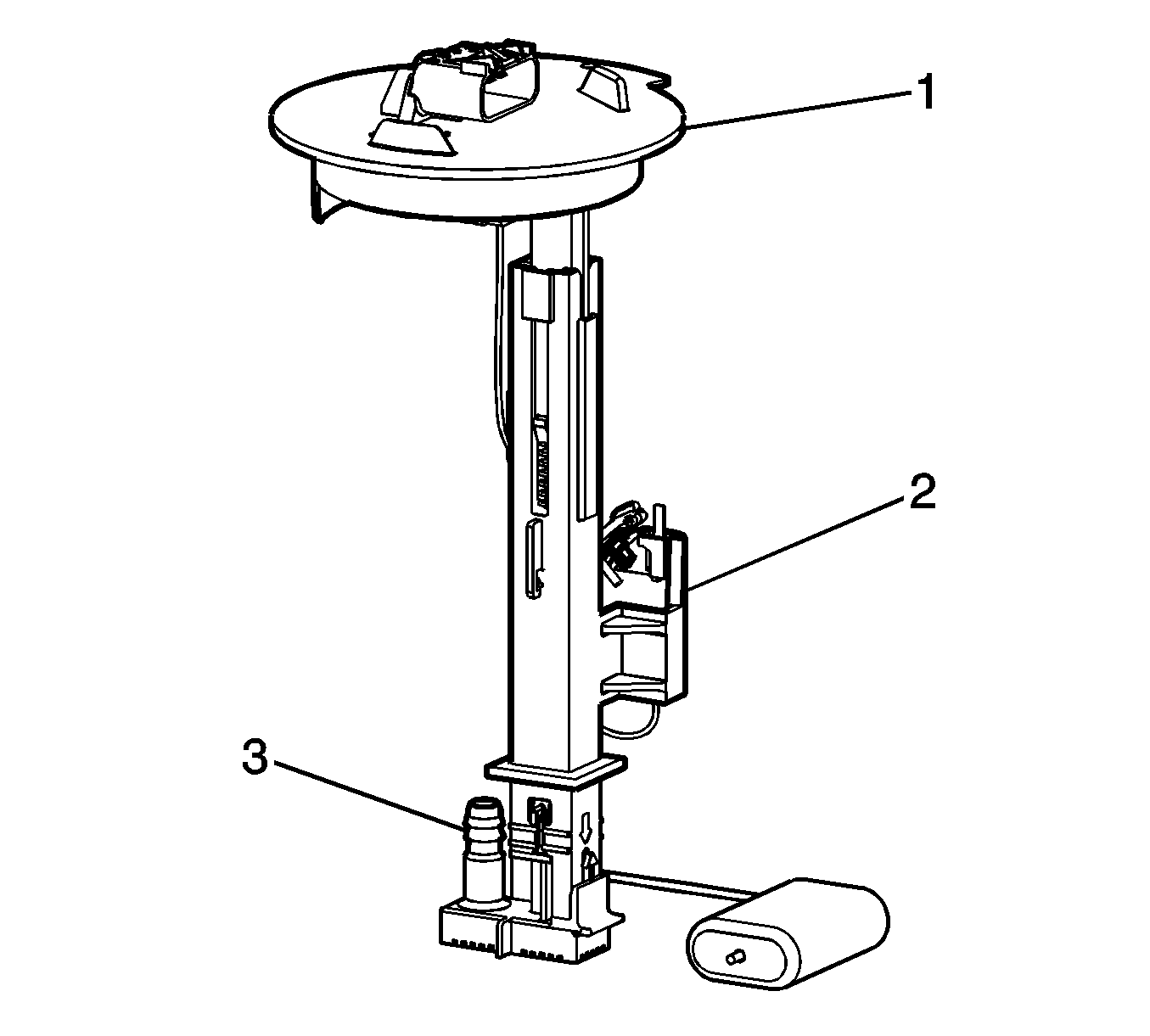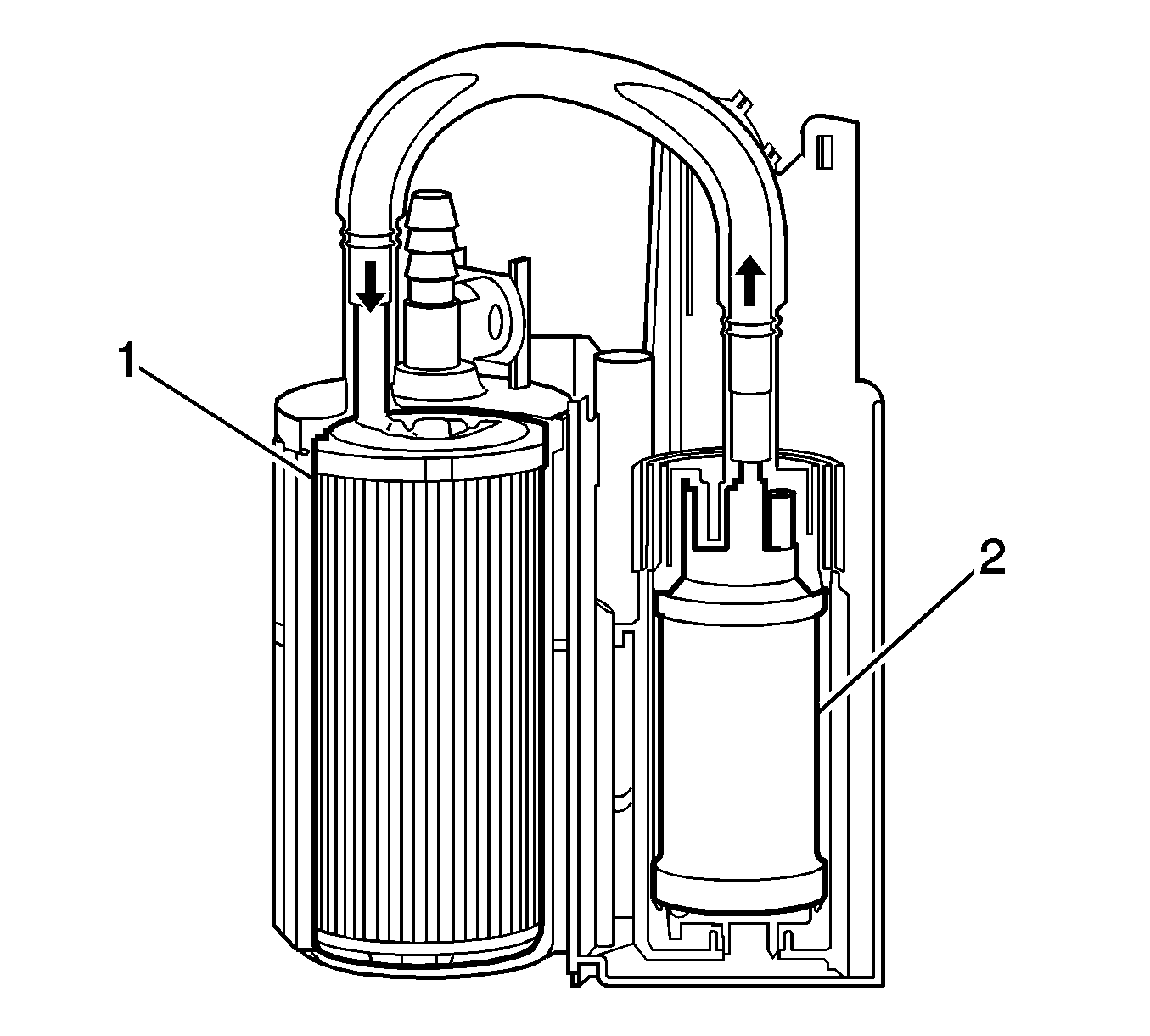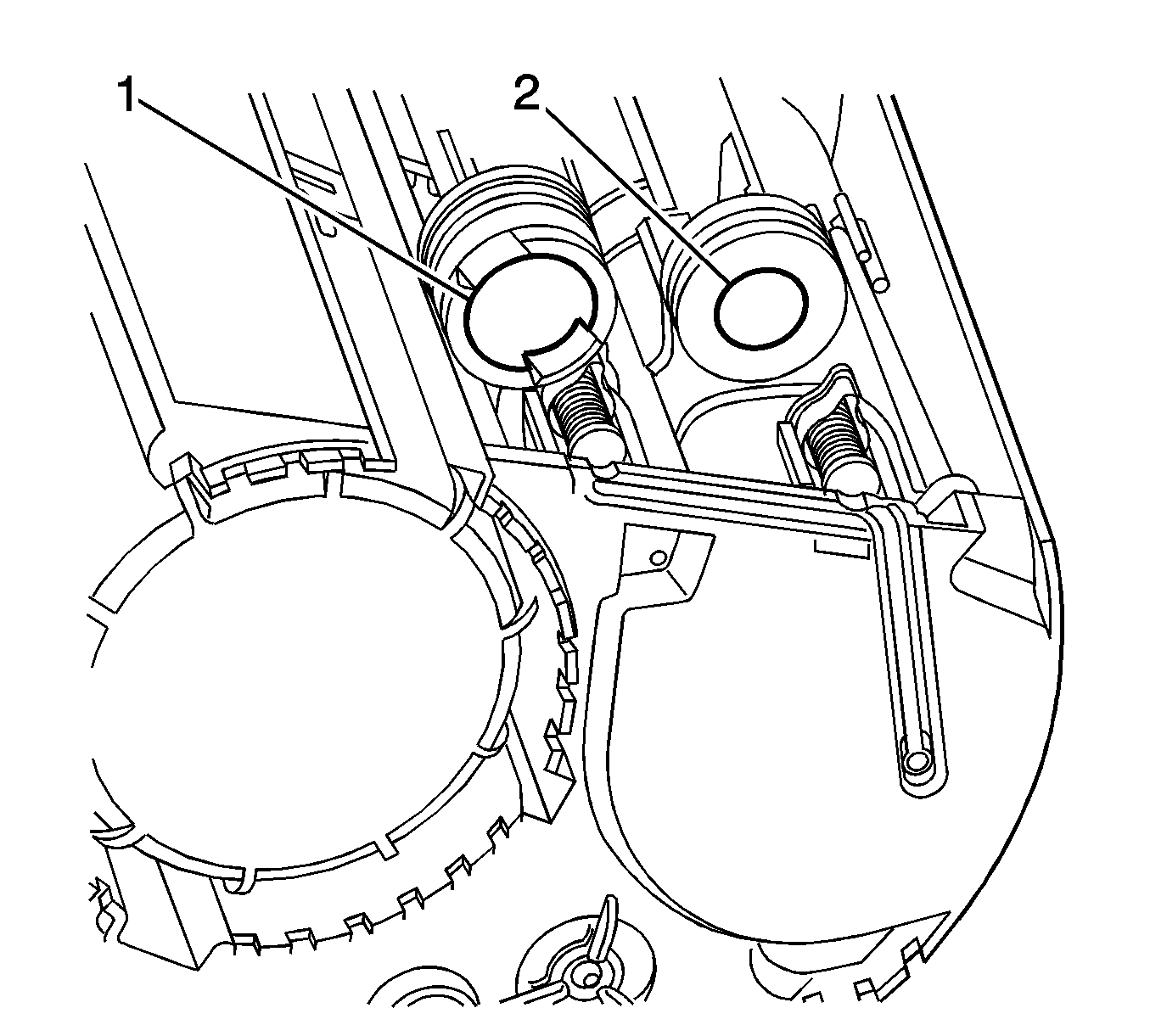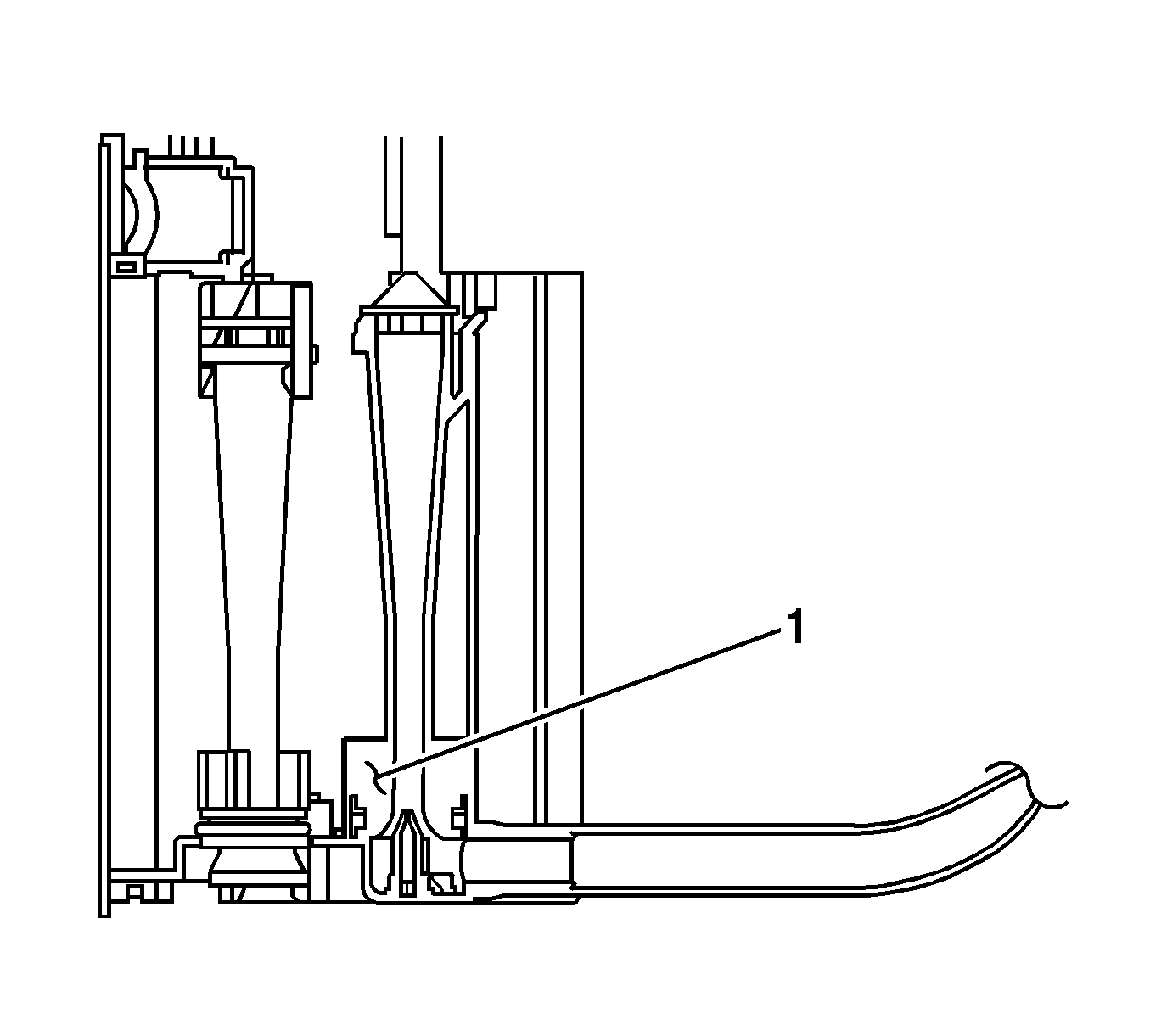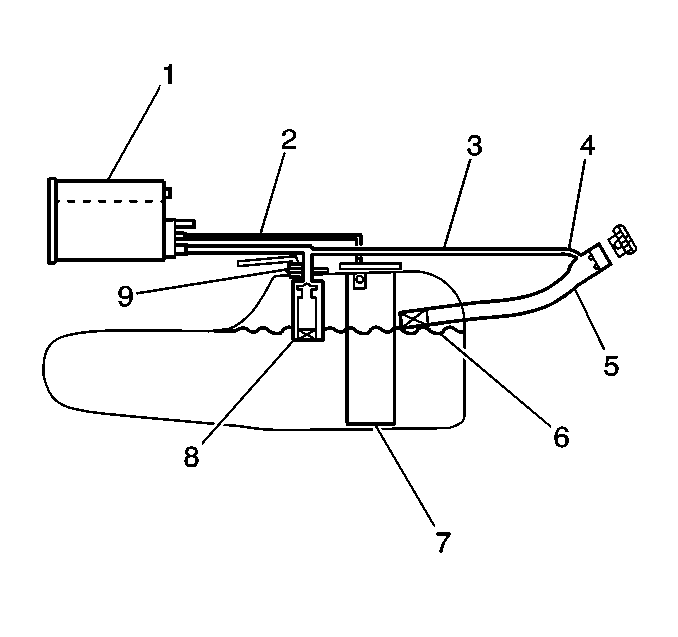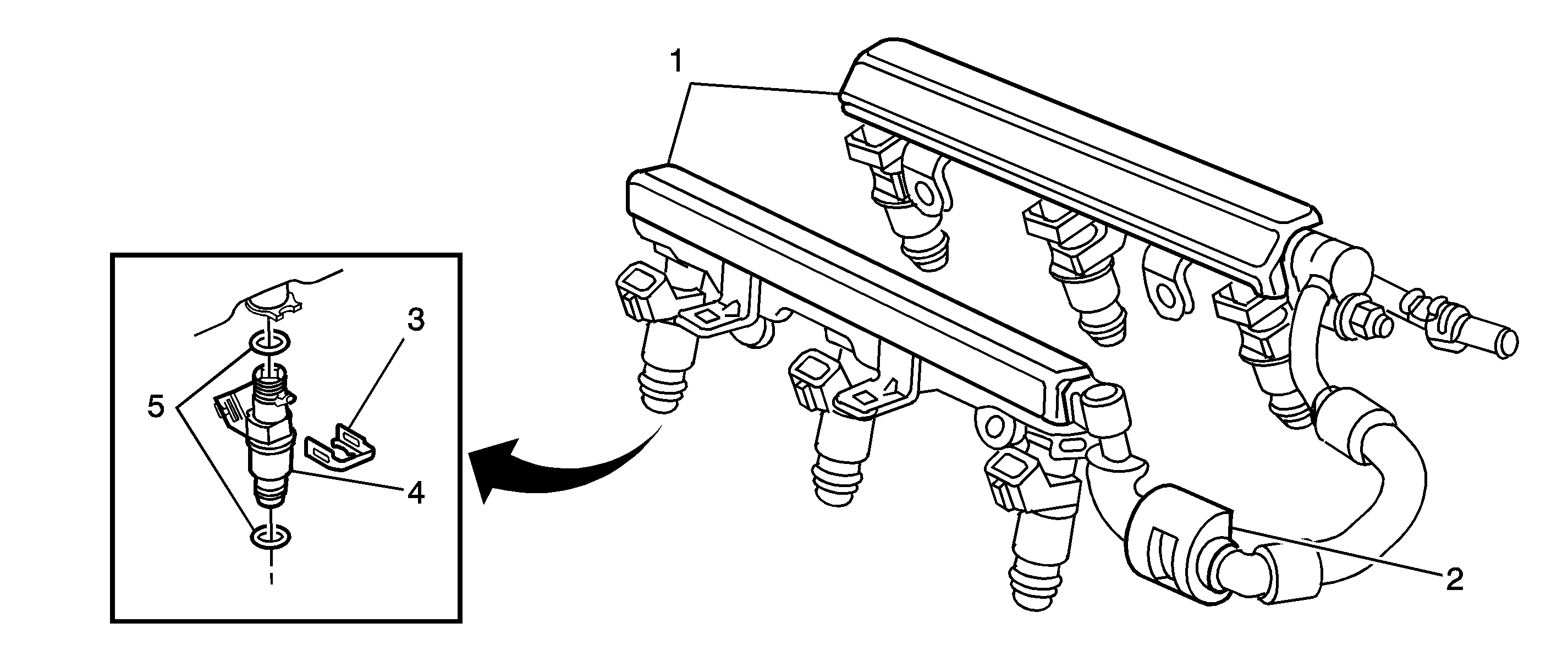The fuel rail is mounted on the intake manifold and distributes the fuel to
each cylinder through the individual injectors. The fuel is delivered from the pump
through the fuel supply line to the inlet pipe of the fuel rail. The fuel inlet pipe
directs fuel to both the front and the rear fuel rails (1) suppling the individual
fuel injector (4).
